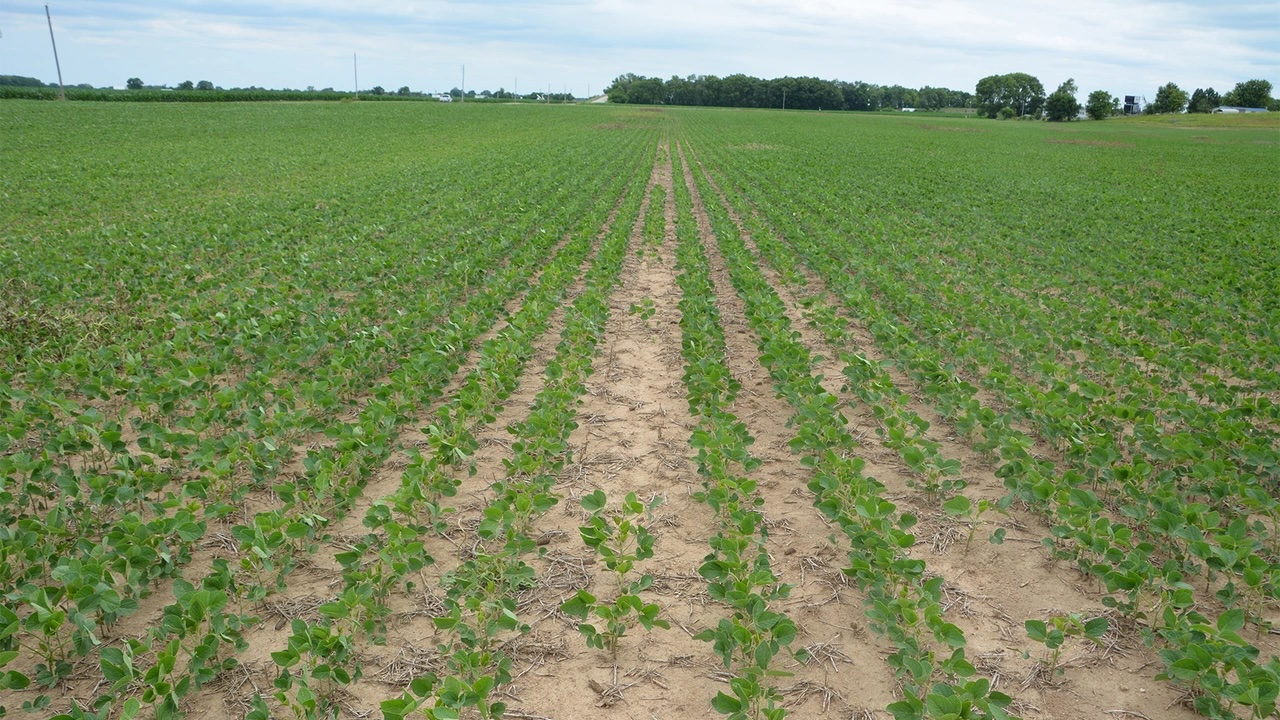Make most accurate corn yield estimate possible

How many places should we sample to get a sound corn harvest estimate? How can we be more accurate?
The Indiana certified crop adviser panel answering this question includes Betsy Bower, agronomist for Ceres Solutions, Terre Haute; Abby Horlacher, Nickel Plate Consulting, Frankfort; Brian Mitchem, proprietary products manager for Nutrien Ag Solutions, Fort Wayne; and Dan Quinn, Purdue Extension corn specialist, West Lafayette.
Bower: If the field has been consistent in growth all year, sample at least five areas. If inconsistent, more than five samples should be taken.
The best method for taking stand counts is outlined in this PDF. It has been tried and true for me for the past 30 years. It takes some time, but you get good info.
You can be more accurate with estimates closer to harvest. Grain fill and ear weight help you determine number of kernels that would make up a bushel. Often, it is 70, 80 or 90 — that is the final divider of the number of harvestable ears, average number of rows and average number of kernels per row, and represents 70,000; 80,000; or 90,000 kernels per bushel.
To be more accurate, take more overall yield estimates. Know that it is hard to estimate yield spot-on. Also, know a good agronomist will estimate a little low so there are more pleasant surprises.
Horlacher: This year, preharvest yield estimates may be more difficult due to stress early that created variability. You want to be unbiased. Decide where to pull before you enter the field. Choose areas that encompass all soil types, topography and stressed areas. After you select an area, pull at least 10 ears randomly and average out ear size. Do a stand check.
Count plants with viable ears. The more data points you have, the better. A good yield estimate will be within 10 bushels of actual yield.
Mitchem: Yield estimates are a good way to help determine harvest timing, storage needs and marketing potential. Taking three to four representative spots in a field can help with estimates.
One of the simplest methods is to measure 1/1,000 of an acre, or 209 inches of a 30-inch row; count each plant with a harvestable ear; and pull every fifth ear, regardless of size. Count number of kernel columns and kernels in a column. Multiply each of the factors listed; then divide by a constant based on estimating kernels to make a 56-pound bushel.
Suppose there are 32 harvestable ears with six ears averaging 16 rows, 40 kernels per row. Fudge factor is 90. So, 32 x 16 x 40 = 20,480 divided by 90 = 228 bushels per acre. With more robust grain fill, use a factor lower than 90. If there was stress, use a number larger than 90.
Quinn: The answer for more accuracy is always the more samples, the better. However, this can be time consuming and challenging. If possible, try to take five to 10 estimates within specific zones. Yield estimates can be assessed across various soil types, field areas and elevation areas. Typically, the best way to assess corn yield is by using the yield component method. Calculate yield across a range of “fudge factors.”
It's still only an estimate. Both kernel size and weight are somewhat dictated by hybrid and environment. It’s challenging to account for good or bad grain fill conditions.












